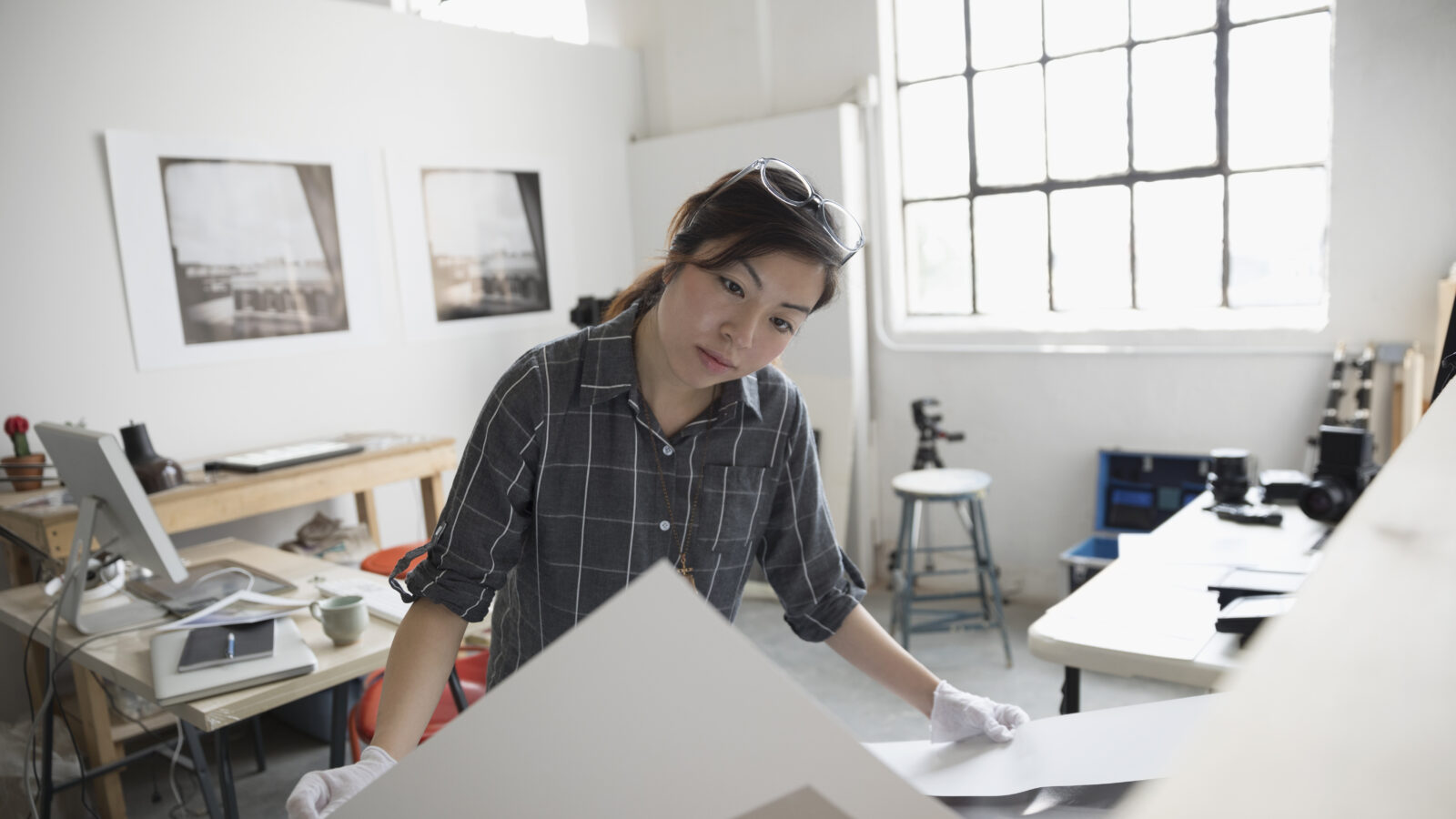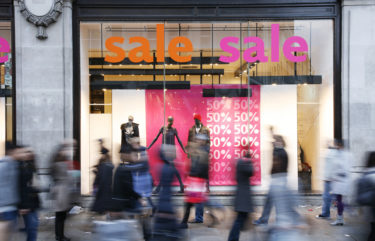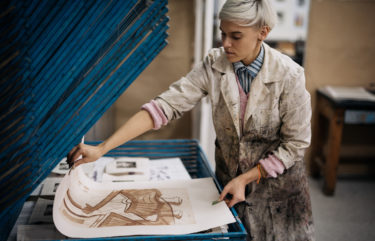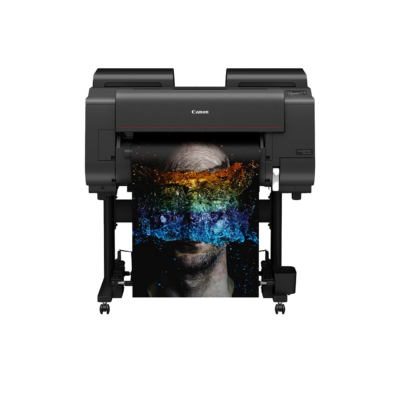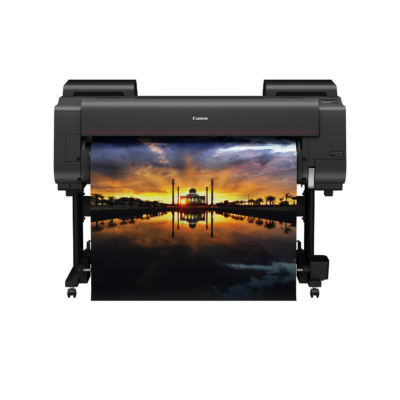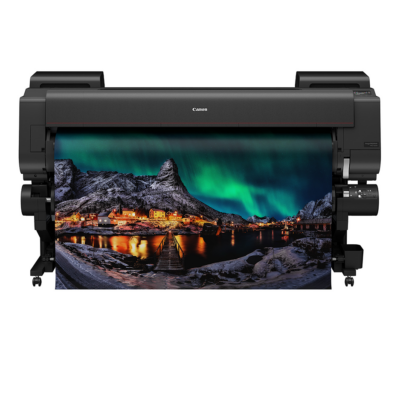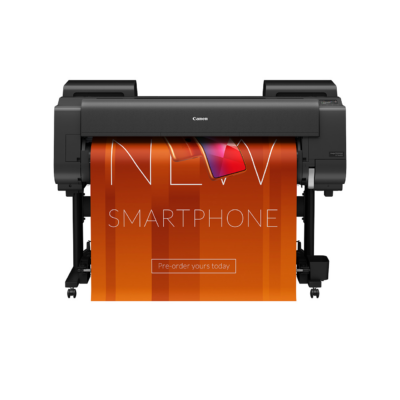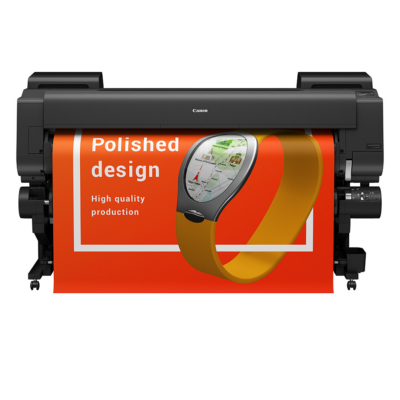Numbers game: What you need to know about limited-edition prints
So you’ve finally made it. Your art is sufficiently sought after that you’re not just selling one-off works, but reproductions in the form of limited-edition prints. Naturally, choosing how and by whom your prints will be made is of paramount importance, but even once you’ve found a print shop that you trust, there are other considerations to ensure that your work retains its value—for you and your buyers.
Limiting your edition
Determining how many prints to make is easier said than done. You may want a larger edition to satisfy expected demand. On the other hand, a more exclusive print run implies greater value to buyers, as they know there will never be more copies of the work made available. And there’s the rub: Once you’ve set your edition size, do not change it. Expanding an edition after the fact devalues any already sold prints and represents a breach of trust with your clients.
Good to know…
- You needn’t print your entire run at once. But you should use the same printer (preferably your own) to print each piece—on the same paper with the same inks.
- Concerned about being too limited? Many artists offer a smaller edition at a particular size (e.g. a large-scale print), then set a larger or open-ended run for a different size—or in an alternate format. If you go this route, however, be up-front about it with buyers.
- Think long-term. If demand for one of your prints is greater than the supply, it may foster heightened interest in the next print you make available.
Marks of authenticity and exclusivity
Signing and numbering your work may seem like a small detail, but it has a substantial effect on the print’s value. Your autograph shows that the print is authentic, while the edition number signifies uniqueness and exclusivity. Most artists write the edition number as a fraction (1/10, for example) at the bottom-left of the print, and sign at the bottom-right.
Good to know…
- Convention and copyright law advise that you sign and number your prints in pencil. Computers can’t reproduce pencil marks, so they’re less vulnerable to fraud.
- Sign and number in the same way and in the same place on each print. Some artists also date their prints. If you choose to do so, be consistent with your notation.
- Also consider issuing a signed and dated certificate of authenticity—a further indication that each print is the genuine article.
Proof positive
Before proceeding with a print run, you’ll want to produce a few test prints to confirm their quality. It’s customary to retain these tests, known as artist proofs, for separate sale at a later date. Artist proofs often command a slightly higher price: They’re perceived as being “your own” copies—and are even more rare than the limited-edition prints they preceded. Label your artist proofs with an AP, or something similar, to distinguish them from the “official” release of prints.

